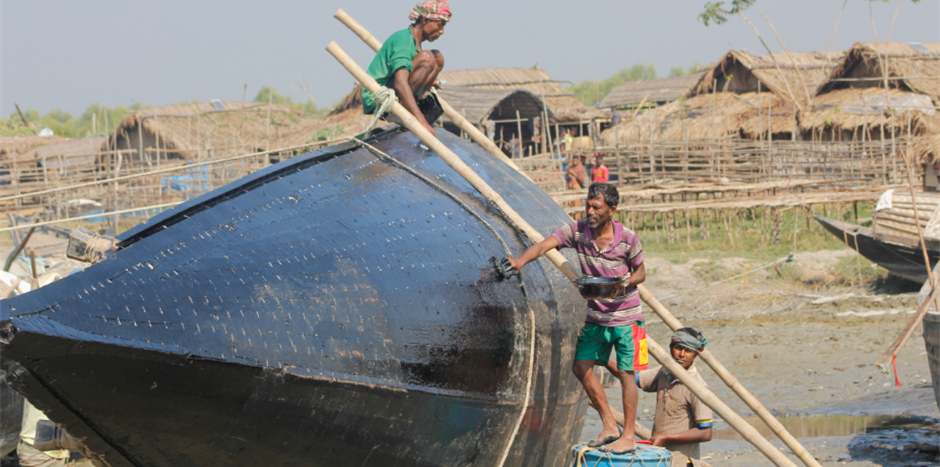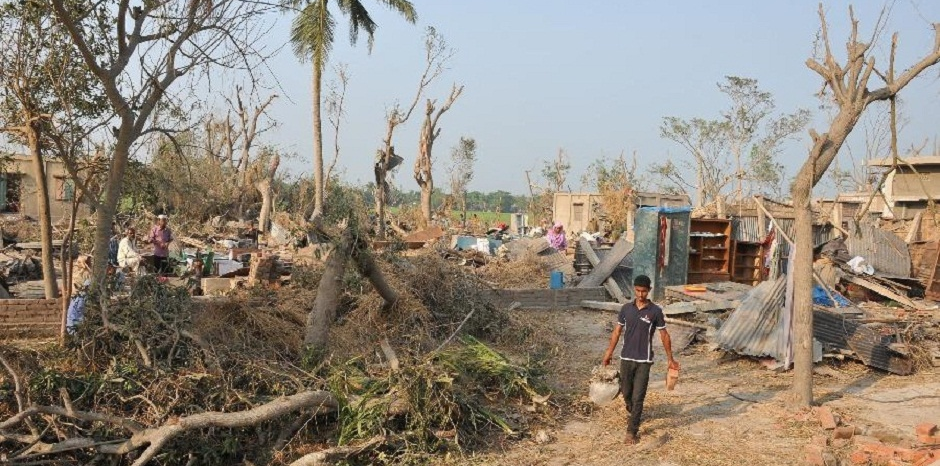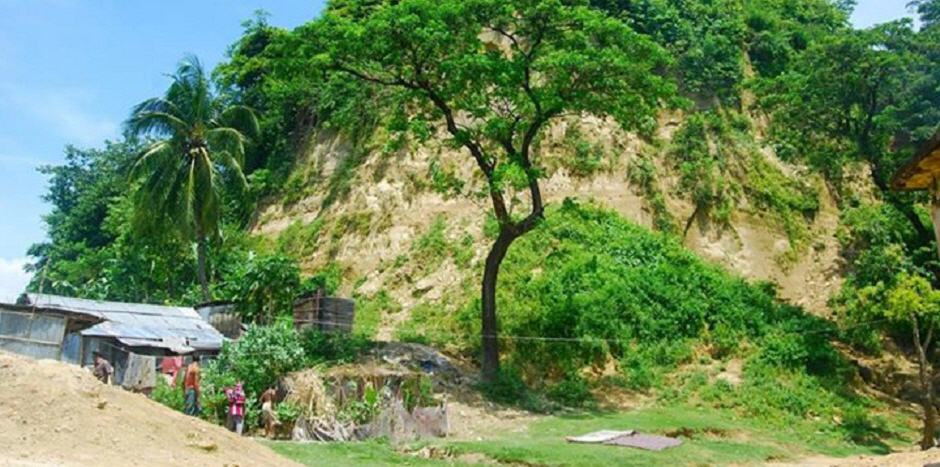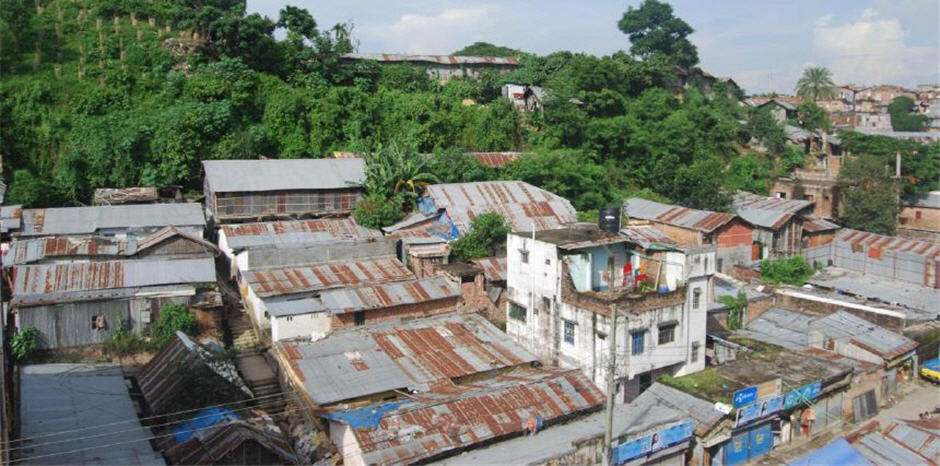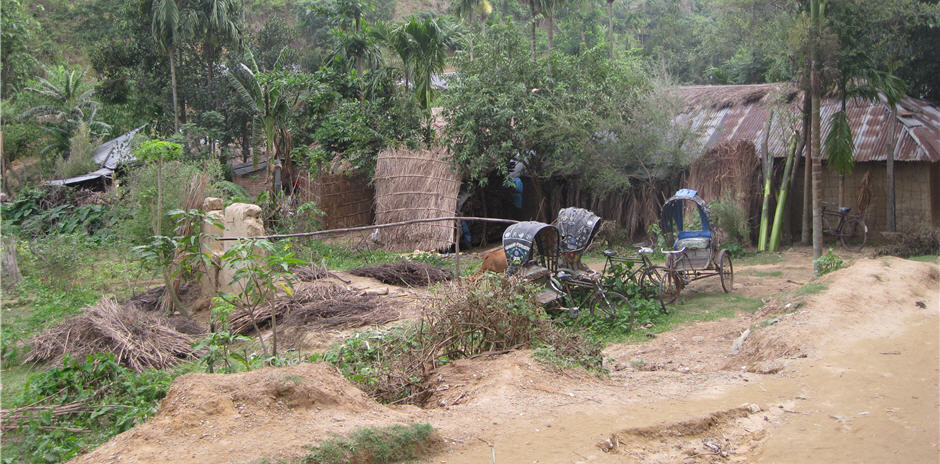Slum People!
Dhaka, Bangladesh
The effect of flood in Bangladesh of 2004.
Bangladesh is a low lying country that is incredibly vulnerable to flooding. It has 3 major rivers flowing through it (the Ganges, Brahmaputra and Meghna) and is vulnerable to coastal flooding as it is so low lying and flat. The 2004 floods lasted from July to September and covered 50 of the country at their peak.
There was continuous rainfall of 300mm for 7 days in the capital of Dhaka city only. This resulted in extensive flooding across most part of the country. At the time of the July 2004 floods 40 of the capital, Dhaka was under water. 600 deaths were reported and 30million people were homeless. 100,000 people alone in Dhaka suffered from diarrhea from the flood waters.
Bridges were destroyed, the death toll rose to 750 and the airport and major roads were flooded. This hampered relief efforts. The damage to schools and hospitals was estimated at $7billion. The area where I lived was also flooded but the sorrows and sufferings of the people of Karail Slum were very devastating. This place was very close to my house and I could see it from the balcony of my house.
The continuous heavy rainfall for a couple of days raised the level of water of the Gulshan Lake. The slum is situated on the bank of the lake. The water entered the houses of those poor people. It was tough for the people to fight against the heavy rain but the flood made their lives even miserable. Those people became homeless and they had nothing left to survive with. There was outbreak of various diseases. There was no hospital close to that area which could provide help. People were dying every now and then and no one could come forward to help as the roads were destroyed.
Few days’ later help started to arrive. Eight multi-agency teams comprising volunteers from 17 different agencies were tasked to assess the 27 worst-affected districts across the country. People were donating whatever they could to help the flood affected people. The least amount of help also bought a bit of hope in those people.
I felt that humanity still prevailed in this world and at the time of an massive outbreak people would still unite to help each other. I was overwhelmed with joy to see that there was no discrimination among the different classes of people. One day the loss of wealth can again be made up but the loss of those innocent and even young lives still gives me the chills.
This is the year 2014 and a lot has changed by these years. Preventive techniques have developed, cities have developed and the thing that has changed the most is the awareness of the people.
The people of the Karail slum have regained their stability. There were able to build up their small houses with the aid they got from the Government and other donators.
Preventive measures have been taken so that if a flood like the 2004 takes place again then they won’t have to suffer much. A shelter has been made here too.
Though a hospital could not be set up yet but every month a group of volunteered doctors go to the slum for giving people free check up and provide medicines at very low price.
The climate of the world is changing drastically which can do serious harm to us. If this prevails then more floods and other disasters would break out throughout different countries of the world. To conserve climate change a Global movement is also under action.

